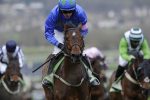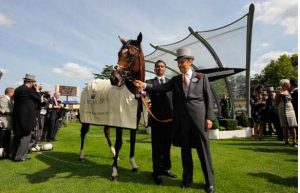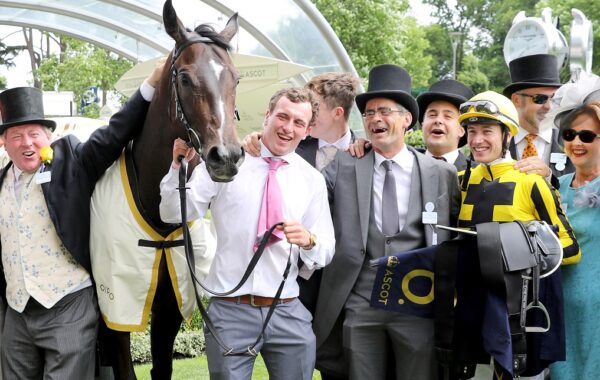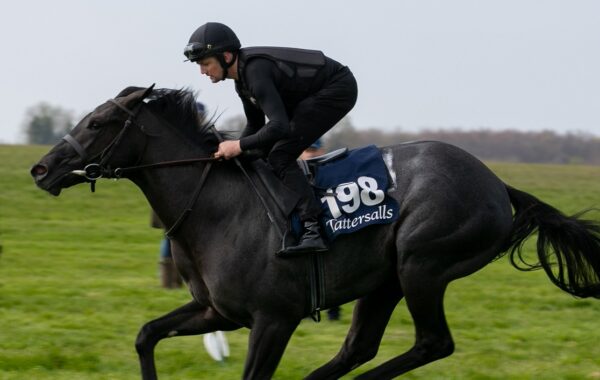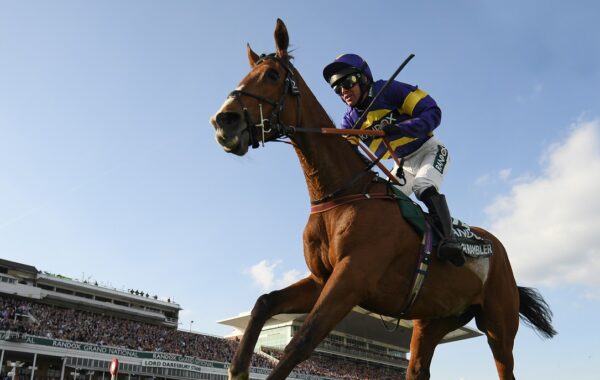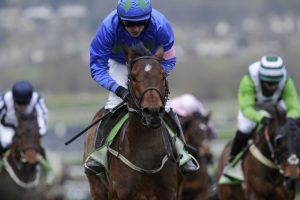This year’s Royal Ascot provided enough happy stories to fill a book, never mind a small article, but any round-up of these five tremendous days of racing would be wrong not to hail the big battalions – such as the leading owner Godolphin, the bulk of whose haul was garnered by the heroic Prince of Wales’s Stakes winner Rewilding, and the leading trainer Aidan O’Brien, who topped the standings both financially and numerically (with four winners) – and the smaller players.
Arguably the finest training achievement was posted by Richard Hannon, two of whose three winners had also won at last year’s Royal Ascot. Strong Suit’s Jersey Stakes victory followed up the colt’s success in last year’s Coventry Stakes, while the consistent achievement of Queen Anne Stakes winner Canford Cliffs speaks volumes for the trainer’s skill: not only had Canford Cliffs landed last season’s St James’s Palace Stakes, but he had scored at the Royal Meeting in 2009, when he had taken the Coventry Stakes.
Among the quieter achievers of Royal Ascot, Hughie Morrison’s double on Thursday arguably took centre stage. This quick-fire brace of victories was achieved with two three-year-olds who had arrived in his stable in very different circumstances: in 2009, King Edward VII Stakes winner Pisco Sour was the most expensive yearling (at 100,000gns) to join his team, while Britannia Handicap hero Sagramor came via Ascot Sales, where he was bought back by his breeders for £500. The syndicate which bred and races Sagramor, the Melksham Craic, epitomises the true sporting tradition on which racing has been based throughout the centuries; while their joy was shared by winning jockey Nicky Mackay, who was struggling for rides, never mind winners, a couple of years ago prior to accepting a position as a work-rider for John Gosden, with whose help he has managed to re-establish himself.
There were similarly joyous scenes in the winner’s enclosure after the King’s Stand Stakes, which had provided the six-year-old Oasis Dream gelding Prohibit with his first Pattern race triumph. Owned by ‘Dasmal, Rix, Barr, Morley, Mrs Penney’, Prohibit races for five long-standing patrons of Robert Cowell’s small stable at Six Mile Bottom, just outside Newmarket. The trainer picked up Prohibit at Tattersalls’ Horses-in-Training Sale for 85,000gns in October 2009 and since then the syndicate has had a lot of fun (the horse has raced 25 times for them, with wins at Kempton, Ascot, Doncaster, Meydan and Royal Ascot, and placings at such diverse venues as Jagersro, Glorious Goodwood, Newbury, Longchamp and Chantilly) while recouping his cost several times over.
The Royal Meeting’s other Group One sprint, the Golden Jubilee Stakes, kicked off a mighty double for James Fanshawe’s Newmarket stable with the win of Society Rock, who went one better than his second placing behind Starspangledbanner the previous year. There was an element of history to this success as Society Rock is owned by Exning-based octogenarian Simon Gibson and races in the distinctive ‘black, with red, white and blue belt and cap’ silks of his grandfather Lord Glanely, champion owner in 1919 (when his colt Grand Parade won the Derby) and 1941.
Forty minutes after Society Rock’s victory, Fanshawe completed his double when Deacon Blues won the Wokingham (running the same six-furlongs 0.32 seconds faster, funnily enough). This Compton Place four-year-old also bore distinguished colours: raced by a syndicate headed by his co-breeders Peter and Jan Hopper, Deacon Blues carries the black, white and red livery in which Frizzante (also ridden by Johnny Murtagh) landed the 2004 July Cup for the same stable.


